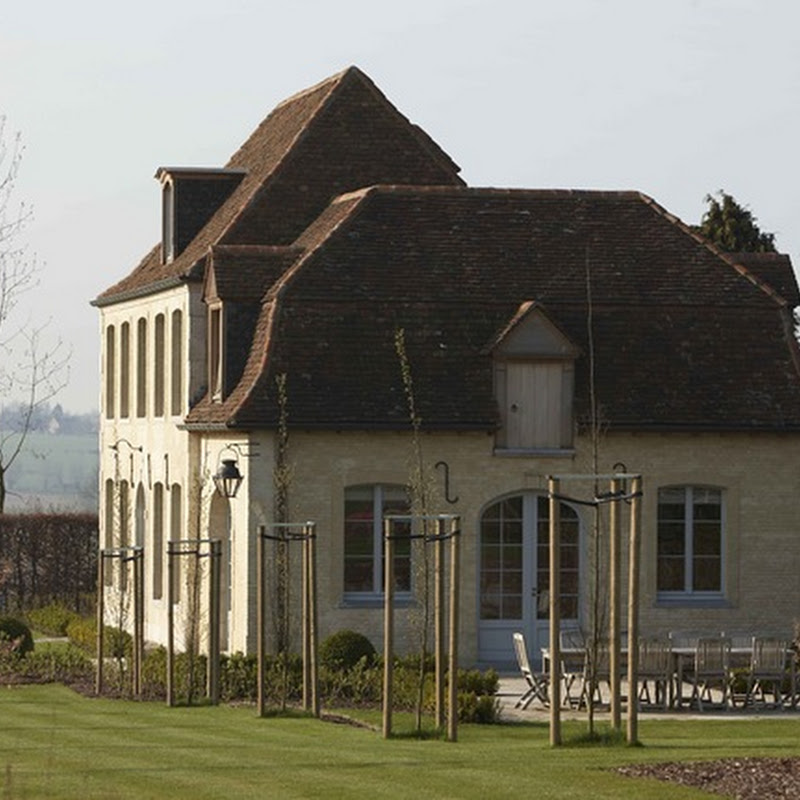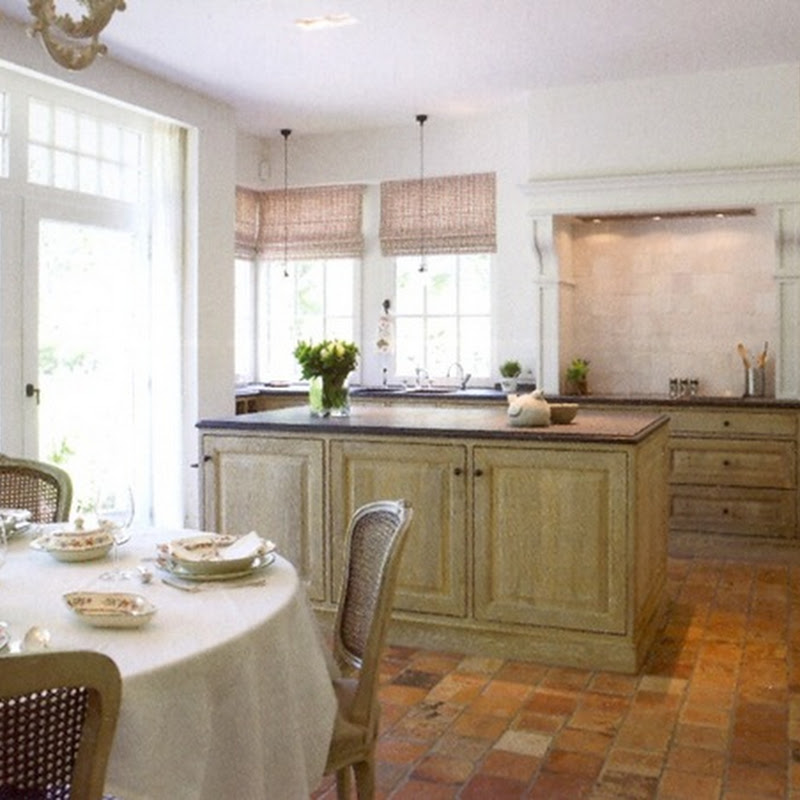I’ve recently committed to trying to learn how to use my camera so that I can take better pictures. When I first got the camera (a Nikon D90 that Jimmy picked out for our family last Christmas), all my pictures of James were blurry because I unknowingly had the camera on the wrong settings. It wasn’t until his birthday two months later, that I finally figured out how to get a clear picture of him.
I’m only just getting started playing with my camera and finding good sources as references, so I’m not qualified to give a full tutorial; however, I can summarize for you what I’ve learned so far from Kate at Centsational Girl and Darcy at Life With My 3 Boybarians.
Centsational Girl’s Better Brighter Blog Photos is where I started and she provides a great, basic introduction to Aperture, Shutter Speed, and ISO Sensitivity.
Last weekend, after the boys in my house went to sleep, I stayed up late two nights in a row reading through all 31 days of Life With My 3 Boybarian’s 31 Days to a Better Photo Series. Like any good student, I had to take notes, realizing that I was going to need a mini-crib sheet to remember all the info when I went to put it into practice.
Darcy’s initial lessen requires you to pull out that dreaded camera manual (actually not so awful) so that you know what the icons on your camera stand for and so you can learn how to adjust aperture, shutter speed, and ISO sensitivity. I was more than a little surprised to discover that “A” on my camera did not stand for “automatic”, but rather, Aperture Priority.
Quick Reference Guide
Here’s a quick reference guide to what I learned so far from Darcy and Kate regarding Aperture, Shutter Speed, and ISO Sensitivity.
Aperture (the width of the ‘hole’ or opening in your lens, which is measured in f-stops (f/1, f/4, f/5.6, f/8, . . . f/32).
Lower f-stop (ex. f/1) = wider opening which allows for more light, brightening your image; but decreases depth of field (blurring the background)
Higher f-stop (ex. f/32) will allow for the entire image to be in focus
Below is an example from a student in Darcy’s series that also illustrates how a lower f-stop (f/5.6) creates a blurry background and a higher f-stop (f/36) keeps the whole image in focus.
Shutter Speed (the amount of time your camera’s shutter is open, measured in fractions of seconds, such as 1/10, 1/20, 1/100, 1/250, 1/1000, 1/4000). I was never good in math, but 1/4000 is much faster than 1/10).
Slow (ex. 1/10) = shutter is open longer, allowing more light in darker situations.
A slow shutter speed such as 1/10 will almost always require a tripod because it is nearly impossible for you to keep your camera as still as it needs to be to keep the image clear.
To avoid “camera shake” where the image is blurry because your camera moved during the shot, shoot at 1/60 or faster.
Fast (ex. 1/4000) = It can freeze time, good if your object is in motion and you want to capture it still. Kids and pets are best shot at a faster shutter speed such as 1/125 or 1/250.
ISO Sensitivity (your camera’s sensitivity to light, which varies from 100, 200, 400, 800, to 1600 and sometimes higher).
As a scale,
100 = a sharper image
1600 = brighter, but grainier image
Darcy also covered white balance, histograms, exposure compensation, cameras, and post production, but I’ll save that for another post when I understand it better.
********
After learning what aperture, shutter speed, and ISO are and how to change them, the difficult part for me is figuring out what to set them at for the best exposure.
One little rule of thumb:
“Sunny 16 Rule”: On a sunny day, shoot at f/16 with a shutter speed of 1/ISO#. So ISO 100 at 1/100s or ISO 200 at 1/200s.
For overcast days, the rule is “Cloudy 8″. Start at f/8 with a shutter speed of 1/ISO# as a guesstimate.
Quick Fixes
If your image is underexposed (too dark):
- decrease shutter speed
- increase aperture
- increase ISO
If your image is overexposed (too bright):
- increase shutter speed
- decrease aperture
- decrease ISO
Kate’s picture of her living room was taken with these settings:
Aperture f/5; Shutter Speed 1/5; ISO 400
The thing about learning to take better photos, though, is that you have to actually spend time TAKING pictures and adjusting your settings to get better. I read that master photographers have logged 10,000 hours with their cameras! I’ve only just begun to practice with mine. I’m HOPING that I get better and that my blog reflects my efforts.
Yesterday afternoon while James was napped, I snapped about 25 shots of these Gerber daisies in my dining room from the same angle with various camera settings:
I thought that the one that came out the best (sharpest and clearest flower) was taken using settings: Aperture f/3.5; Shutter Speed 1/20; ISO 250
I’d love to know where you’ve found helpful photography tips. I’ve heard Pioneer Woman is awesome, and after a few visits to her blog, I have to agree. I also really enjoy Kelle’s photography (and blog) at Enjoying the Small Things.
*********
















0 comments:
Post a Comment